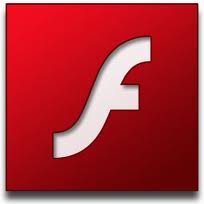Adobe releases Flash 10.2 with Stage Video technology where it allows websites to take full advantage over hardware acceleration for the entire video pipeline, and also uses less processing power there by increasing the performance ie., it can play high quality video with low power. It is found to be 34 times more efficient. The player can play video with 1080p HD while the CPU usage only being 1 – 15 % on any Mac and Windows computers. Though these benefits of the player might not be visible now it would be only experienced as soon as the websites upgrade their video players.
The other features of Flash 10.2 are that we can switch to full-screen video with one click with dual-monitors setup so the user can watch video on one screen and do other tasks on another, text-readability is enhanced using sub-pixel text and support for GPU is made available through IE9. The download for the player is available at Adobe website for Windows, Linux and Mac computers and will be soon available for mobile phones and tablets.

